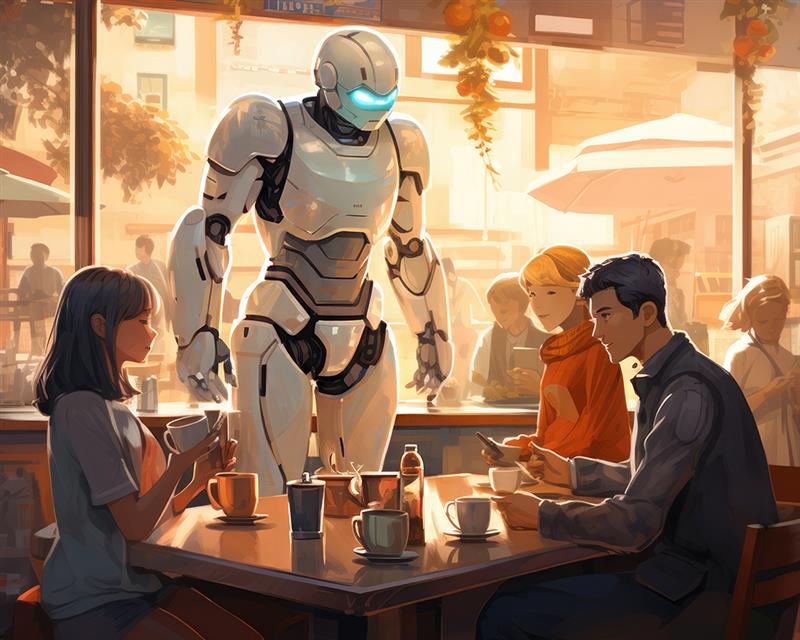April 4, 2025 By: JK Tech
We all have seen our social media flooded with dreamy, pastel-toned portraits that look straight out of a Studio Ghibli film. Thanks to a new image-generation feature rolled out by OpenAI’s ChatGPT, people everywhere are transforming their everyday selfies into Ghibli-style illustrations—and it’s gone viral.
It’s easy to see the reason for it going viral. The magic of Ghibli animation—gentle brush strokes cozy light, and fantastical realism—now exists just a few mouse clicks away. While many people enjoy this new feature, a deeper discussion bubbles under the surface of all these aesthetic adventures: what does it mean when AI can copy something so human and artistic?
The Wonder (and Debate) of Ghibli-Style AI Art
For Ghibli fans, this feels like a dream come true. Whether you love the peaceful mood of My Neighbor Totoro or the imaginative worlds of Spirited Away, Ghibli’s art holds a special spot in many hearts. Now, with a simple text prompt, you can step into that world.
Even OpenAI’s boss Sam Altman jumped on the bandwagon hinting at how strong this new tool is. But as often happens with tech breakthroughs, the excitement of discovery leads to tough questions.
If AI can mimic Ghibli’s unique style so where do we draw the line between honoring their work and stealing their creativity?
A Question of Credit and Creativity
Studio Ghibli’s co-founder Hayao Miyazaki has made no secret of his dislike for AI art, once calling it “an insult to life itself.” And honestly, he’s not alone. Many artists feel uneasy about AI tools mimicking styles that took years—sometimes decades—to develop.
There’s no denying that what AI creates is impressive. But can it truly replace the soul behind a human-made piece of art? And what happens to the illustrators and designers who make a living off their creativity when a machine can do a similar job in seconds?
The Hidden Risks Behind the Trend
Then there’s the privacy angle. In the rush to try out the tool, users are uploading personal photos without always realizing what that means. Could these images be used to train future AI models? Could they be misused?
The risk isn’t just hypothetical. Experts warn that people can misuse these tools to create fake documents such as fake receipts or ID cards. OpenAI has taken action to restrict misuse, but powerful tools bring serious dangers.
And What About the Planet?
While the focus has largely been on creativity and ethics, there’s another concern that’s often overlooked which is the environmental impact. Behind every AI-generated artwork lies a massive data center consuming vast amounts of energy. Training and running these models require high-performance computing that eats up electricity, much of which still comes from non-renewable sources.
So while a Ghibli-style selfie might seem harmless, it’s part of a digital ecosystem that contributes to carbon emissions and environmental strain. In a world already battling climate change, every bit of energy matters. As more people experiment with AI art, it’s worth asking: are we trading artistic joy for environmental cost?
Where Do We Go From Here?
To its credit, OpenAI has responded by slowing things down. Rate limits have been put in place, and style imitations of living artists are being restricted. It’s a step in the right direction—but it also shows just how complicated this space is becoming.
As AI continues to evolve, we’re all part of this unfolding story. Whether you’re an artist, a tech buff, or someone who enjoys Ghibli-style selfies, our decisions—and the questions we raise—have significance.
So, is this just a fun digital fad or the start of a big change in how we think about art, creativity, and ownership in the age of AI?
We see it unfold before our eyes. And odds are, you’re already involved.



